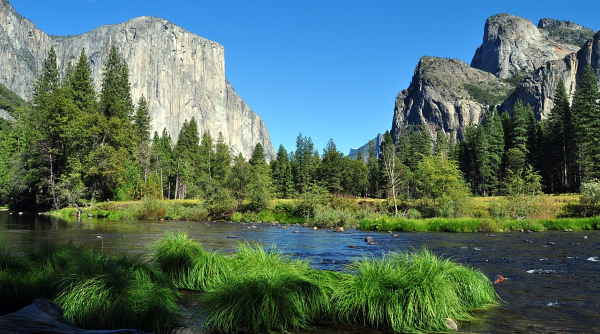National parks offer breathtaking landscapes and diverse ecosystems, and while hiking trails are a popular way to experience them, there’s much more to explore beyond the beaten path. If you’re looking to discover hidden gems, avoid the crowds, and enjoy a more immersive experience, here are some pro-tips for exploring national parks beyond the trails.
-
Start with Scenic Drives
Many national parks feature scenic byways or loops that offer stunning views without requiring a hike. For example, the Going-to-the-Sun Road in Glacier National Park or the Cape Cod National Seashore’s drive provides panoramic vistas and wildlife sightings from the comfort of your car. These roads often lead to overlooks, historic sites, or access points to lesser-known areas.
-
Go Off the Beaten Path with Off-Roading
In parks like Moab’s Arches or Canyonlands, off-roading can provide access to areas that are otherwise difficult to reach. Before you venture off the main roads, check park regulations, as some areas may require a permit or restrict off-road vehicles. If you don’t have your own, some parks offer guided jeep tours or rentals for a thrilling way to explore the wilderness.
-
Kayaking or Canoeing
Waterways such as lakes, rivers, and coastal areas offer a unique perspective of a national park that you can’t experience on land. Rent a kayak or canoe in parks like Yellowstone, Grand Teton, or Everglades to paddle through serene waters, spot wildlife, and enjoy the peaceful surroundings. Many parks also offer guided boat tours, which provide educational insights into the park’s natural history.
-
Wildlife Watching
Beyond the trails, national parks are prime spots for observing wildlife in their natural habitats. Early mornings and evenings are often the best times to see animals, such as elk in Rocky Mountain National Park or bison in Yellowstone. Bring binoculars and a camera with a good zoom lens for the best chance of catching close-up shots of animals from a safe distance. Don’t forget a field guide to help identify species.
-
Explore Caves and Caverns
Some parks, like Carlsbad Caverns or Mammoth Cave, offer fascinating underground tours. Exploring caves can be an exciting and educational experience, revealing stalactites, stalagmites, and unique geological features. If you’re interested in more than a guided tour, some parks allow you to explore certain caves independently, but be sure to check safety regulations and requirements for permits.
-
Stargazing and Night Photography
Many national parks are designated dark-sky parks, offering some of the best stargazing opportunities in the country. Parks like Bryce Canyon and Joshua Tree are renowned for their dark skies, where you can view stars, planets, and even the Milky Way. Bring a tripod and long-exposure camera settings for stunning night photography. Some parks also host ranger-led stargazing events or astronomy programs.
-
Photography Beyond the Views
While iconic viewpoints and landscapes make for stunning photos, try exploring less-visited areas of the park for more unique shots. Look for interesting textures, patterns, and lighting. Visit wetlands, forests, and riverbeds where wildlife thrives and find opportunities to capture close-ups of plants, animals, or reflections in the water.
-
Guided Programs and Ranger Talks
If you’re keen to learn more about a park’s natural history, geology, or cultural significance, consider participating in a ranger-led program or talk. Many national parks offer specialized activities like birdwatching, photography walks, or geology tours. These programs allow you to delve deeper into the park’s unique features and often take you to areas off the main trails that you might not otherwise discover.
-
Take Advantage of Park Visitor Centers
Visitor centers are great resources for learning about lesser-known spots within the park. Rangers and staff can provide maps, current conditions, and suggestions for off-the-beaten-path adventures. They can also advise on seasonal changes, safety precautions, and the best times to visit certain locations.
-
Respect Wildlife and Nature
Exploring national parks beyond the trails can offer unforgettable experiences, but it’s crucial to respect the environment. Follow Leave No Trace principles, keep a safe distance from wildlife, and avoid disturbing the natural landscape. Do not litter, take your garbage with you to dispose of at the park’s Visitor Center or entrance. And always try to stay on designated roads or paths to minimize your impact on the ecosystem.
Photo: Image by Faaike from Pixabay


